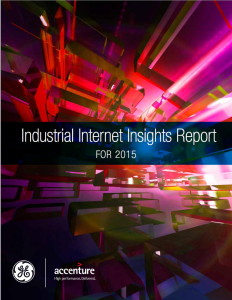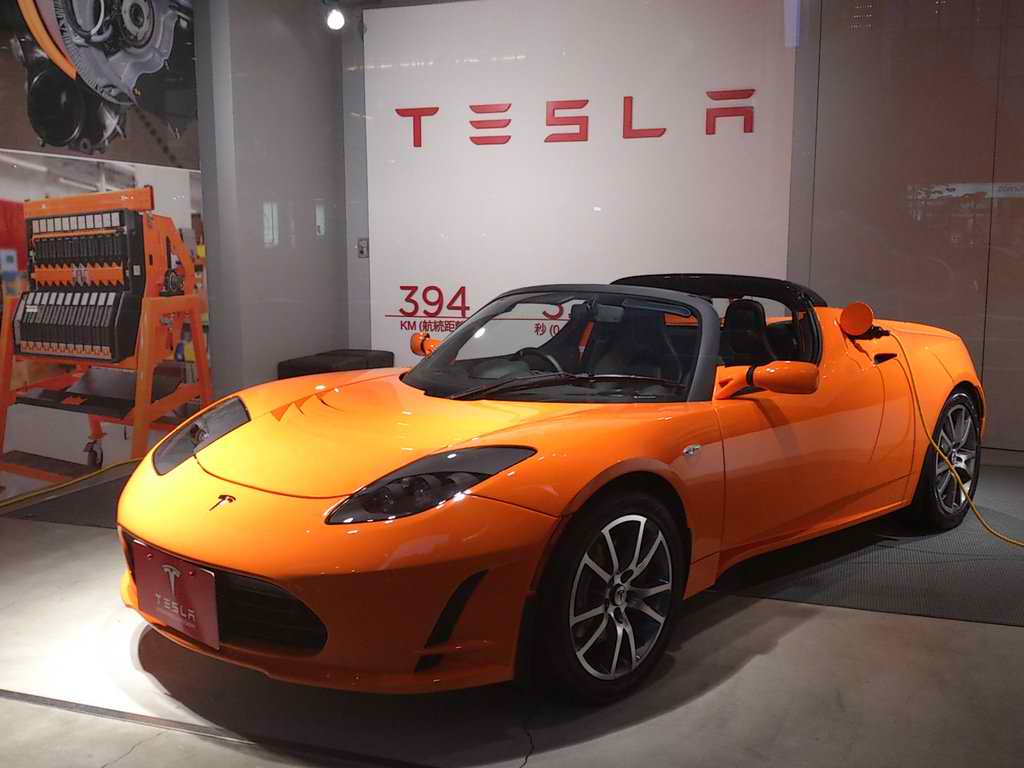PROCEED WITH CAUTION!
You see, I’m thinking out loud (that accounts for that sound of gears grinding….) — I really am writing this post as I mull over the subject for the first time, so you’re forewarned that the result may be a disaster — or insightful. Bear with me…
I’m working on a book outline expanding on “Managing the Internet of Things Revolution,” the introduction to IoT strategy for C-level executives that I wrote for SAP. One of the things I’ve been looking for is a theme that would bring together all of the book’s parts, which include product design, manufacturing, marketing and corporate organization, among other topics.
I think I’ve got that theme, and I think it may be the most Essential Truth of all the ones I’ve written about regarding the IoT:
Everything’s Linked!
When you think about it, there have been a lot of dead-ends in business in the past:
- we haven’t been able to know how customers used our products. We’ve actually got a lot more information about the ones that failed, because of warrantee claims or complaints, than we have about the ones that worked well, because that information was impossible to gather.
- data that could help workers do their work better has always come from top down, filtered by various levels of management and only delivered after the fact.
- customers can’t get the full value of our products because they operate in isolation from each other, and often were slow to react to changing conditions.
- assembly-line machinery has frequently been hard to optimize, because we really didn’t know how it was operating — until it broke down.
- key parts of the operation, such as supply chain, manufacturing, and distribution, have been largely independent, without simultaneous access to each other’s status.
With the Internet of Things, by contrast, everything will be linked, and that will change everything:
- we’ll get real-time data about how customers are using our products. Most radically, that data may even allow us, instead of selling products and then severing our ties to the customer as in the past, to instead lease them the products, with the pricing dependent on how they actually use the products and the value they obtain from them.
- everyone in the company can (if your management practices allow!) have real-time access to data that will help them improve their decision making and daily operations (hmm: still looking for an example of this one: know any companies that are sharing data on a real-time basis??).
- products will work together, with synergistic results (as with the Jawbone UP turning on the NEXT), with their operation automatically triggered and coordinated by services such as IFTTT.
- the assembly line can be optimized because we’ll be able to “see” into massive equipment to learn how it is operating — or if it needs repairs in time to avoid catastrophic failure.
- access to that same data may even be shared with your supply chain and distribution network — or even with customers (again, looking for a good example of that transformation).
There’s won’t be dead ends or one-way streets where information only flows one way. Instead, they’ll be replaced by loops (in fact, I thought loops might be an alternative theme): in many cases, data will be fed back through M2M systems so things can be optimized.
If that’s the case, we’ll be able to increase the use and value of tools such as systems dynamics software, that would help us model and act on these links and loops. Instead of massive oscillations where we’re forced to make sudden, major corrections when data finally becomes available, machinery will be largely self-regulating, based on continuous feedback. We’ll delight customers because products will be more dependable and we’ll be able to fine-tune them by adding features based on actual knowledge of how the products work. Workers will be more efficient, and happier, because they’ll be empowered. We’ll tread lightly on the earth, because we’ll use only what we need, precisely when we need it.
By George, I think I’ve got it! I’m excited about this vision of the Internet of Things linking everything. What do you think?? Please let me know!




